Questionnaires
Triguna Profile
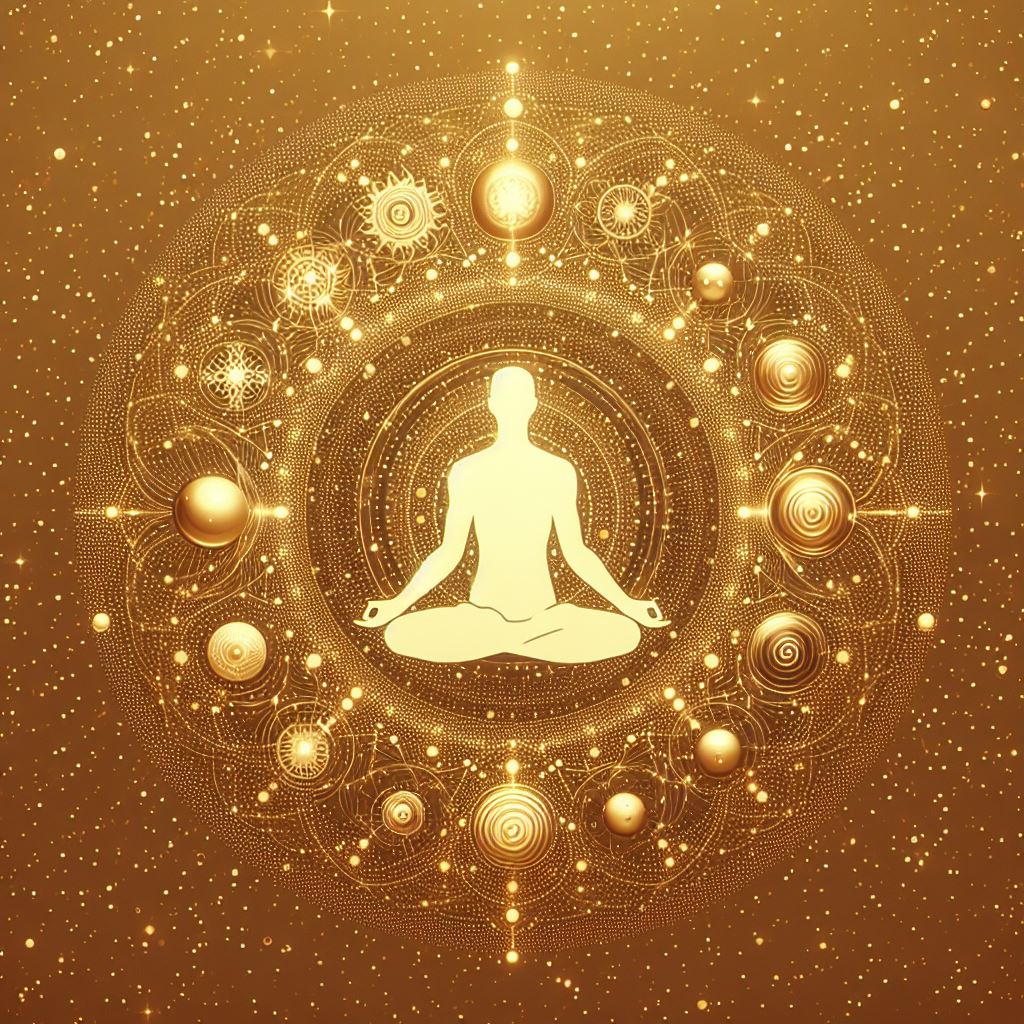
The term Triguna implies the set of three human characteristics namely Sattva, Rajas and Tamas and they form the essence of nature. They bind the immortal atman to the physical body, becoming the underlying cause of birth and death as per Bhagavad Gita (14.5). The concept of Trigunas represent a personality trait or characteristics for humans. What is the percentage of these qualities in you?
Karmayoga
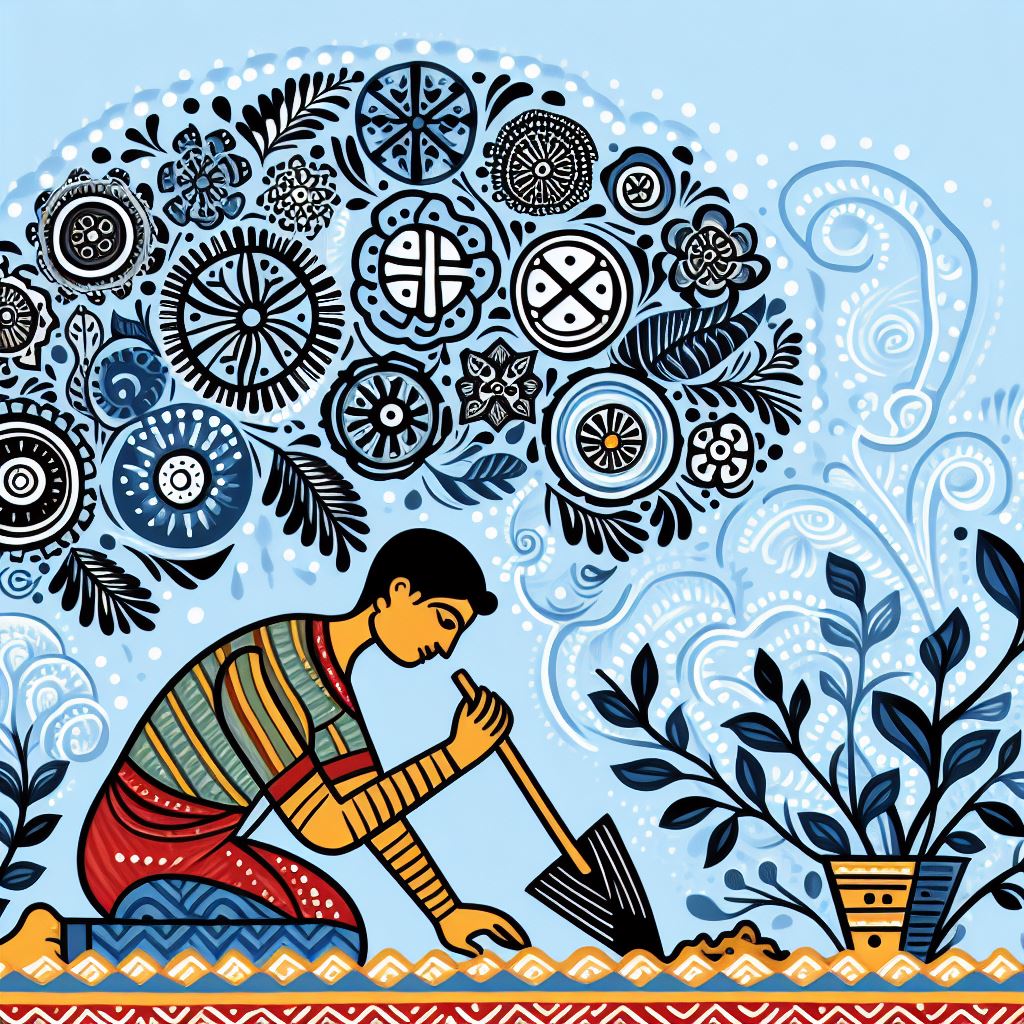
Karma Yoga is a spiritual discipline from the Indian tradition that teaches performing actions rooted in Dharma—the guiding principles of life—rather than personal gain. By aligning actions with Dharma, Karma Yoga shifts the focus from ego-centric to Dharma-centric behavior, breaking the cycle of actions that bind individuals to their outcomes. Assess your actions here by taking this test.
Karta (Doer) Profile
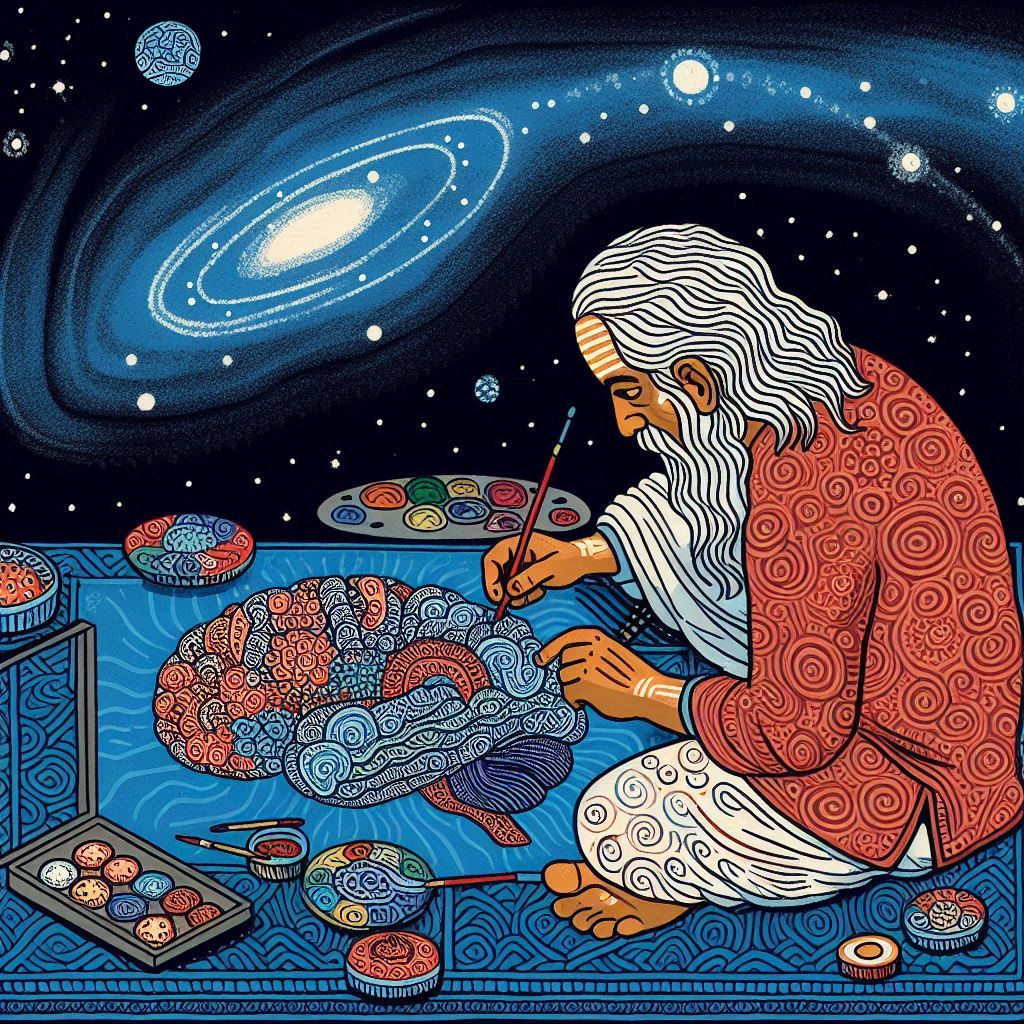
There are three categories of Karta or Doer based on his/her actions: Satvik, Rajasik and Tamasik aligned according to an individual's guna namely Sattva, Rajas and Tamas respectively. Take this Karta Profile assessment to find out which kind of Karta you are.
Brahma Vihara Profile
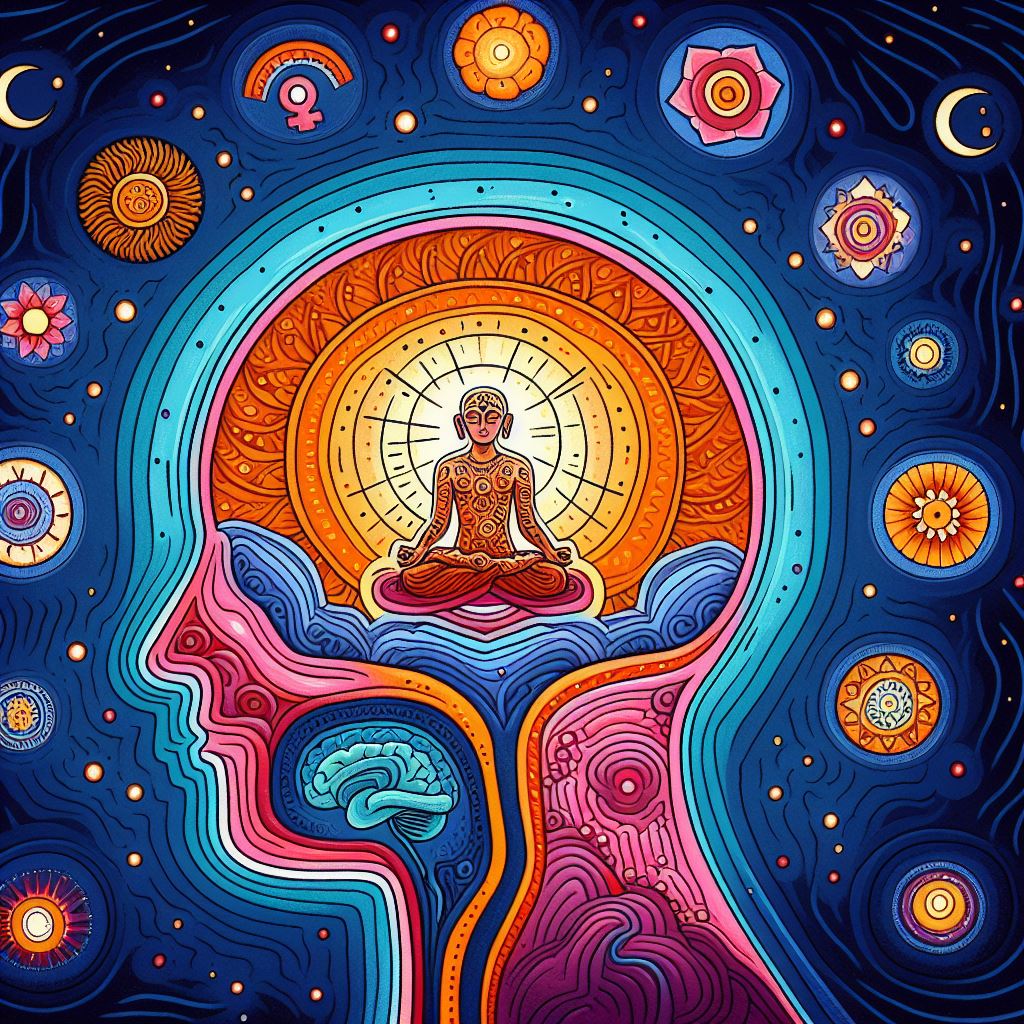
The Brahama Vihara Profile is aimed at measuring the four prescribed qualities of maitri (friendliness), karuna (compassion), mudita (sympathetic joy) & upeksha (equanimity), which collectively indicate an individuals social intelligence and emotional maturity. Assess your social intelligence here...
Do you have a Stabilised Intellect (Sthitaprajna)?
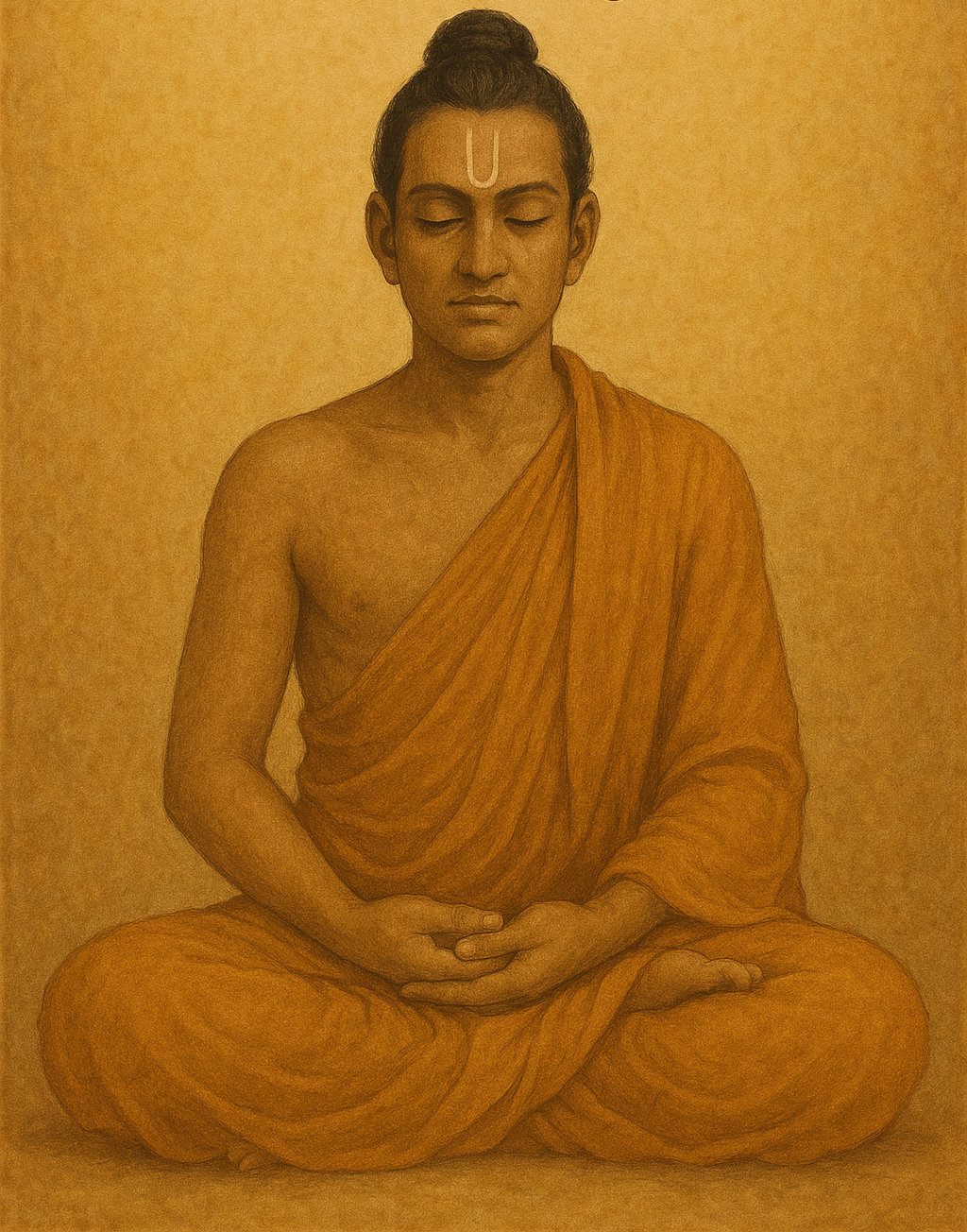
The Sthitaprajna Profile helps you explore inner steadiness and clarity. Based on the Gita’s idea of emotional balance, it measures traits like discernment, detachment, and equanimity. How do you respond to chaos, praise, or failure? Do you stay grounded or get swept up? This tool reflects your emotional maturity and spiritual intelligence. It’s not a test, it’s a mirror. Discover how steady your wisdom truly is. Assess your inner stability here…
Know Your State of Mind

The Indian scriptures describe 5 states of mind known as Chittabhumis, each reflecting a specific degree of mental discipline and spiritual readiness. Take the following questionnaire to know more!
Vikshepa (Distraction) Profiling
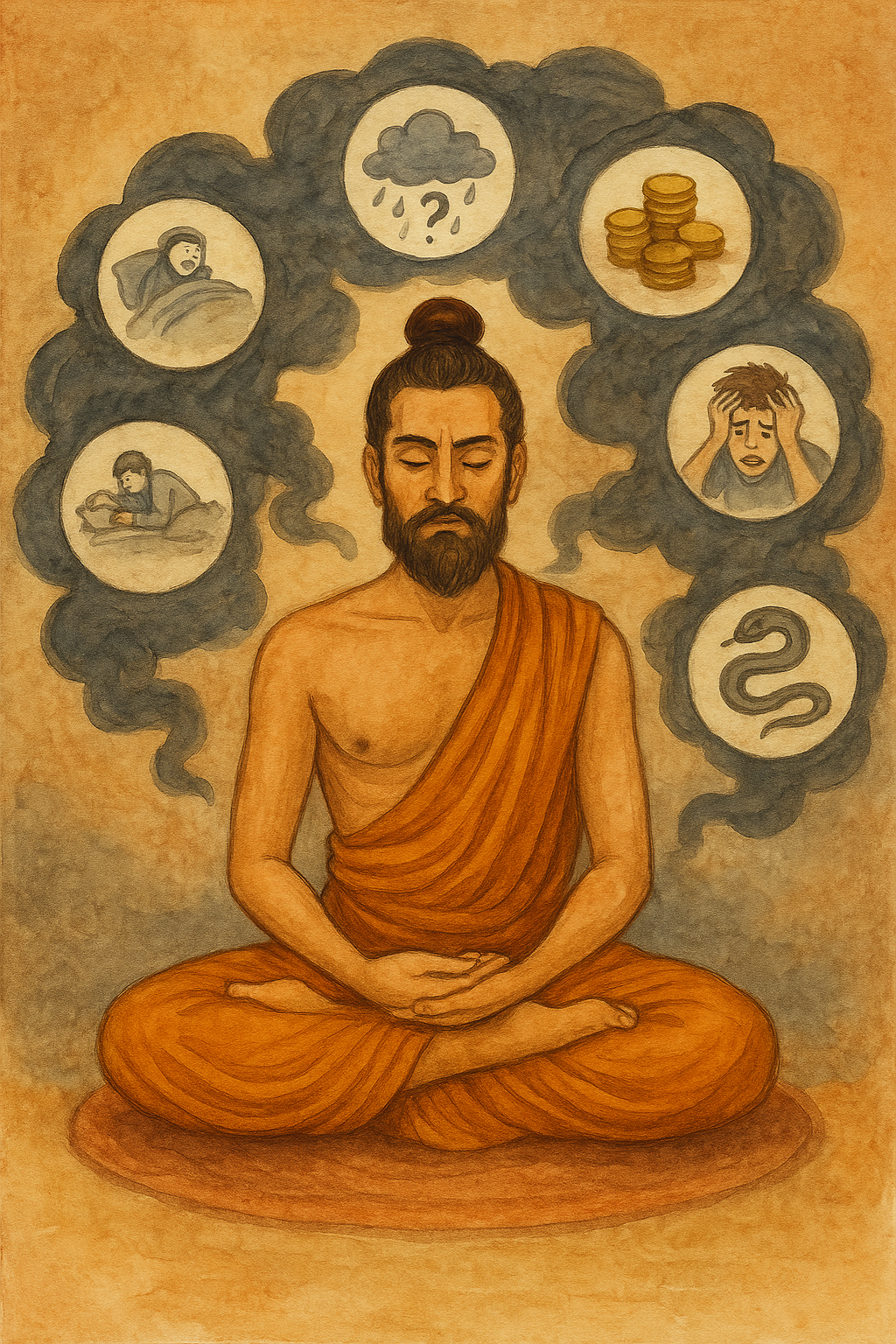
Vikshepa refers to the inner obstacles a seeker faces on the path to liberation. These are distractions that disturb the mind like doubt, laziness, cravings, or false perception and pull it away from steady focus on the Self. This profile helps you reflect on where your mind loses its center. It’s not a test, but a guide to notice what interrupts your inner journey and how to return. Take the test to learn about yourself.
Upa-Vikshepa Profiling
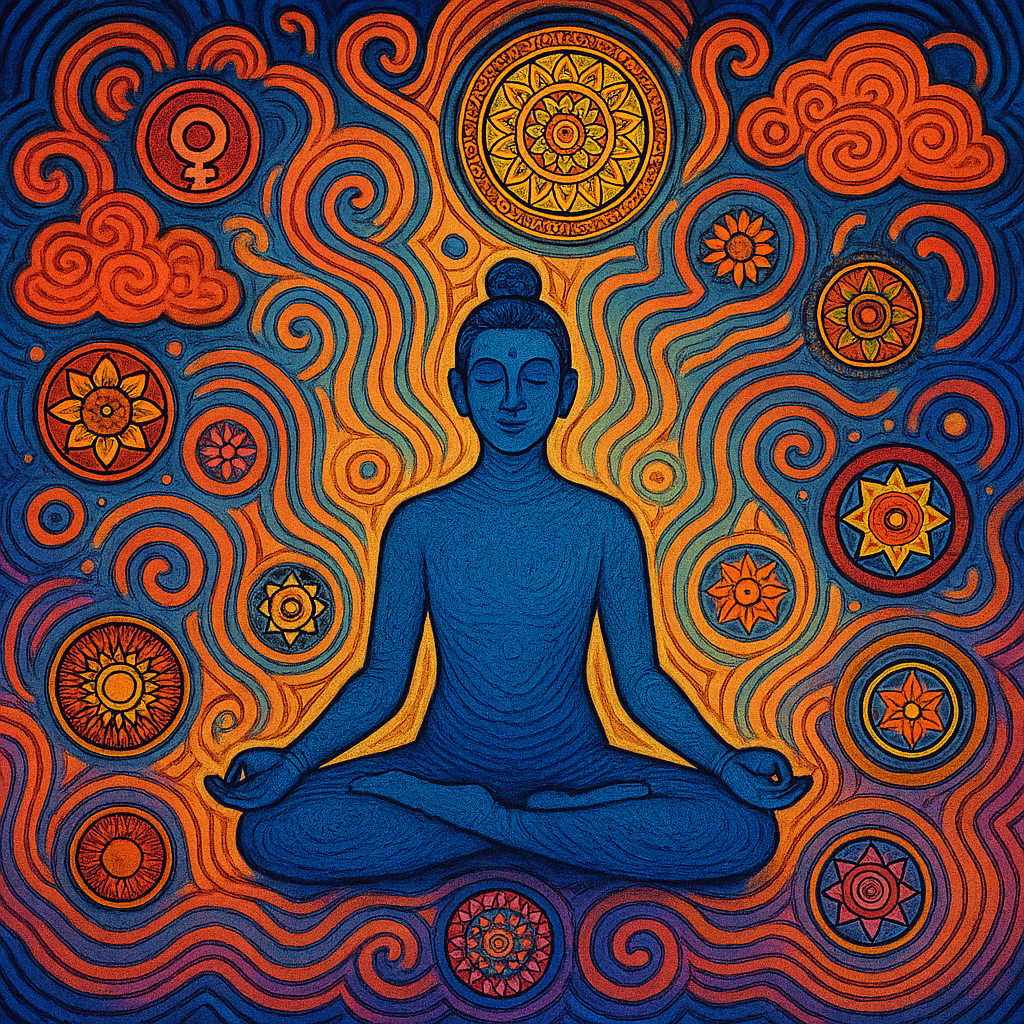
Upa Vikshepa refers to the outward signs of inner disturbance, like restlessness, breath irregularity, emotional distress, or physical trembling, that signal a loss of mental steadiness. These subtle symptoms reveal how the body and emotions respond when the mind is uncentered. This profile helps you notice these signals, reflect on your inner balance, and gently guide yourself back to clarity and calm.
Panch Klesha - Vikaar Profiling
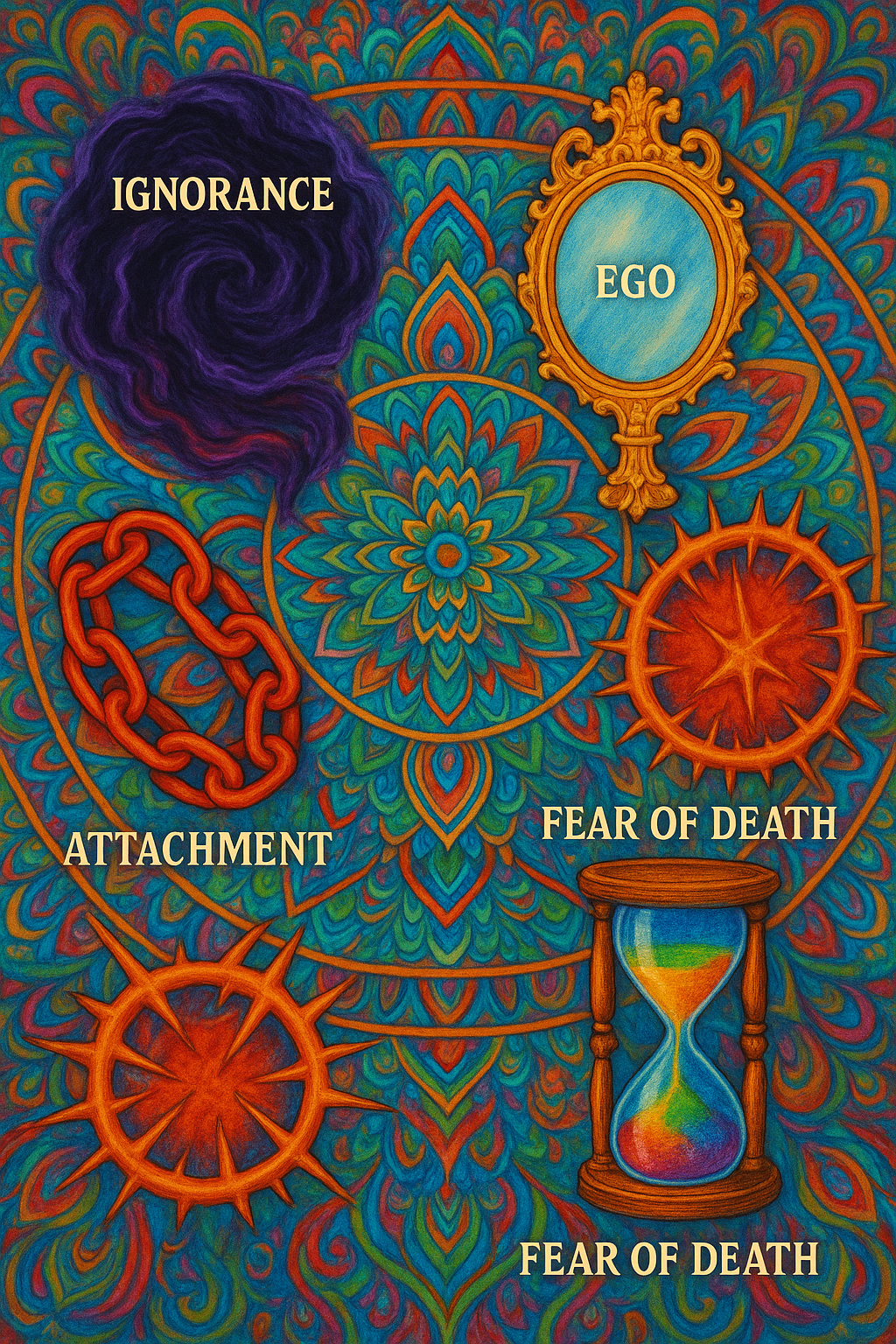
Panch kleshas, that is Avidya, Asmita, Raga, Dvesha, and Abhinivesha, are the roots of suffering. These subtle afflictions shape thoughts, emotions, and actions, creating inner obstacles to clarity and peace. This questionnaire helps identify their presence in daily life, fostering self-awareness and guiding efforts toward inner balance, resilience, and spiritual growth.
Spiritual Practitioner Profiling
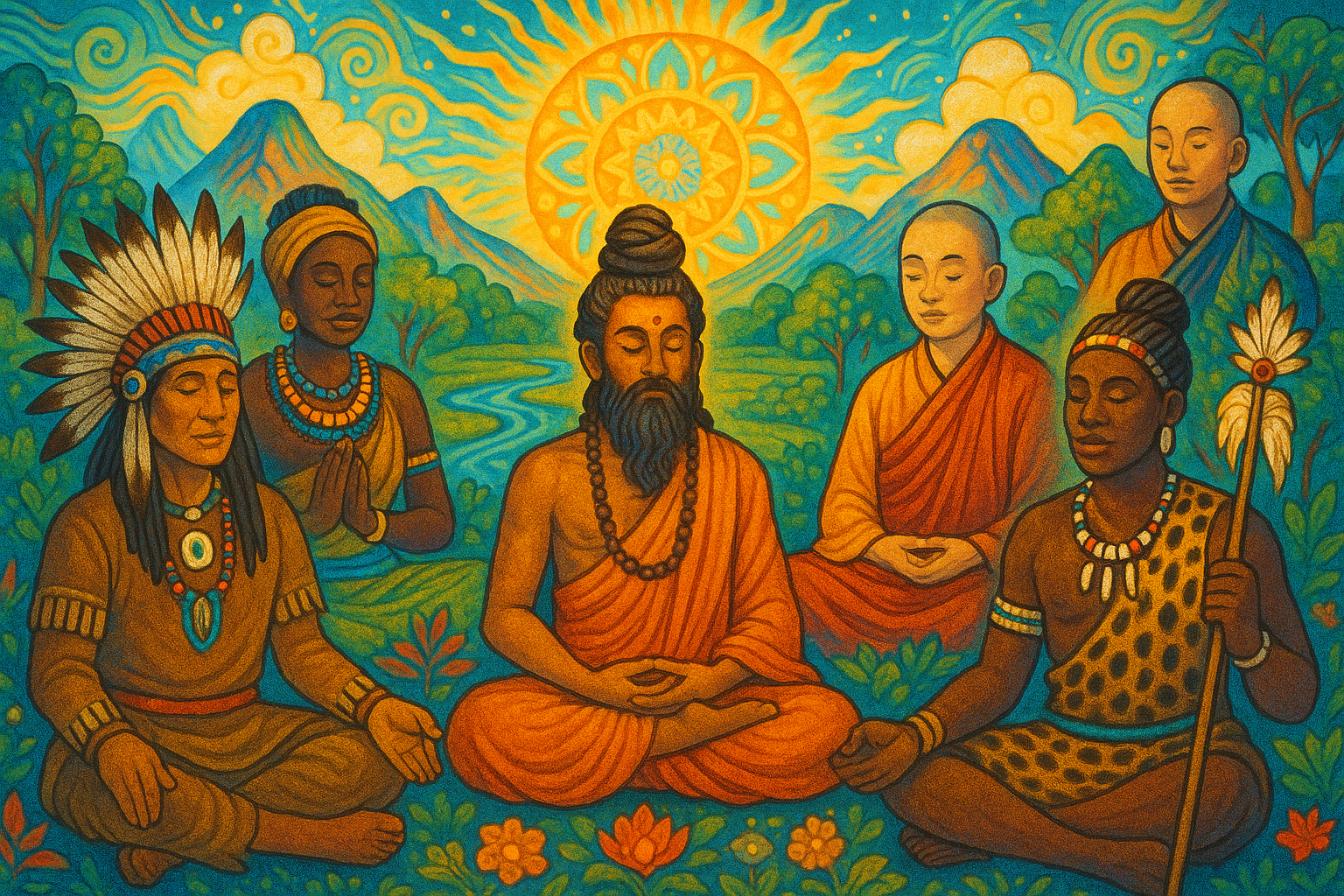
At what level are you as a spiritual practitioner? To find out, give yourself marks as per the instructions for the questions given below. The questioner is derived from Adi Sankaracharya’ Sadhana Panchakam (Sadhana - means/ practice, Panchakam - set of 5 verses). It consists of 40 steps as a practice to achieve the end goal of moksha.
Five Steps of Perfection Profiling
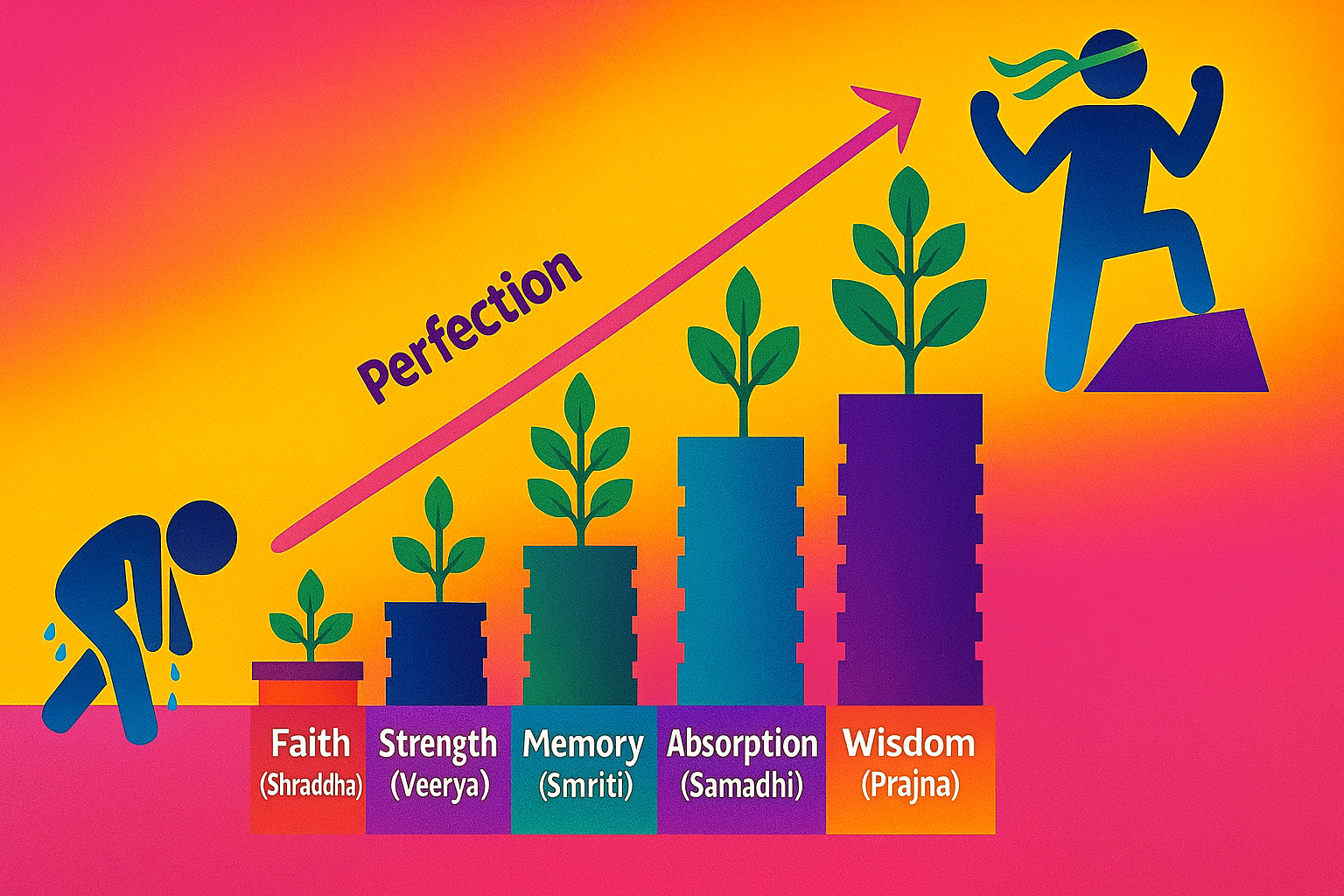
The Perfection Profile helps you explore the five essential steps toward Self-realisation—Faith, Strength, Memory, Absorption, and Wisdom. Inspired by the Gita’s philosophy, it reflects your spiritual progression and inner clarity. Do you trust the path, stay strong in challenges, remember your purpose, immerse deeply, and act with wisdom? This isn’t about flawlessness; it’s about balance and growth. Discover where you stand in your journey toward inner perfection.
Momentum of Spiritual Practice
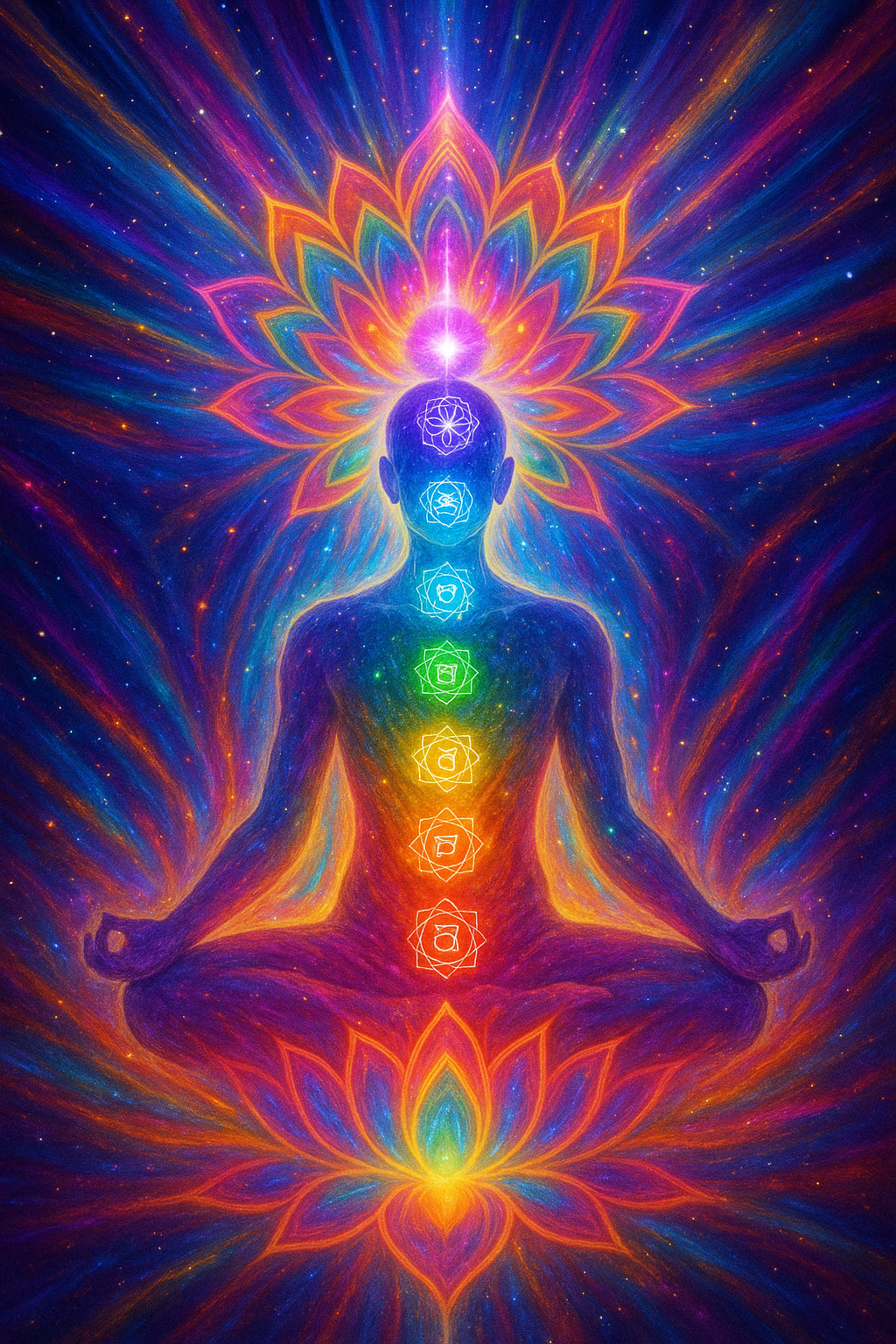
Momentum of Spiritual Practice reflects the intensity and dedication that sustains one’s spiritual journey. It signifies the urgency and depth of commitment needed to transcend the cycles of suffering, echoing Vedantic wisdom that urges a seeker to approach a Guru with complete surrender and readiness for guidance (Vedanta Saara 1.30, Tomar, 2024). This momentum is not just speed but inner resolve, an unwavering drive to seek higher truth and liberation.
Know Your Values: Ahimsa (Non-Violence) Profiling
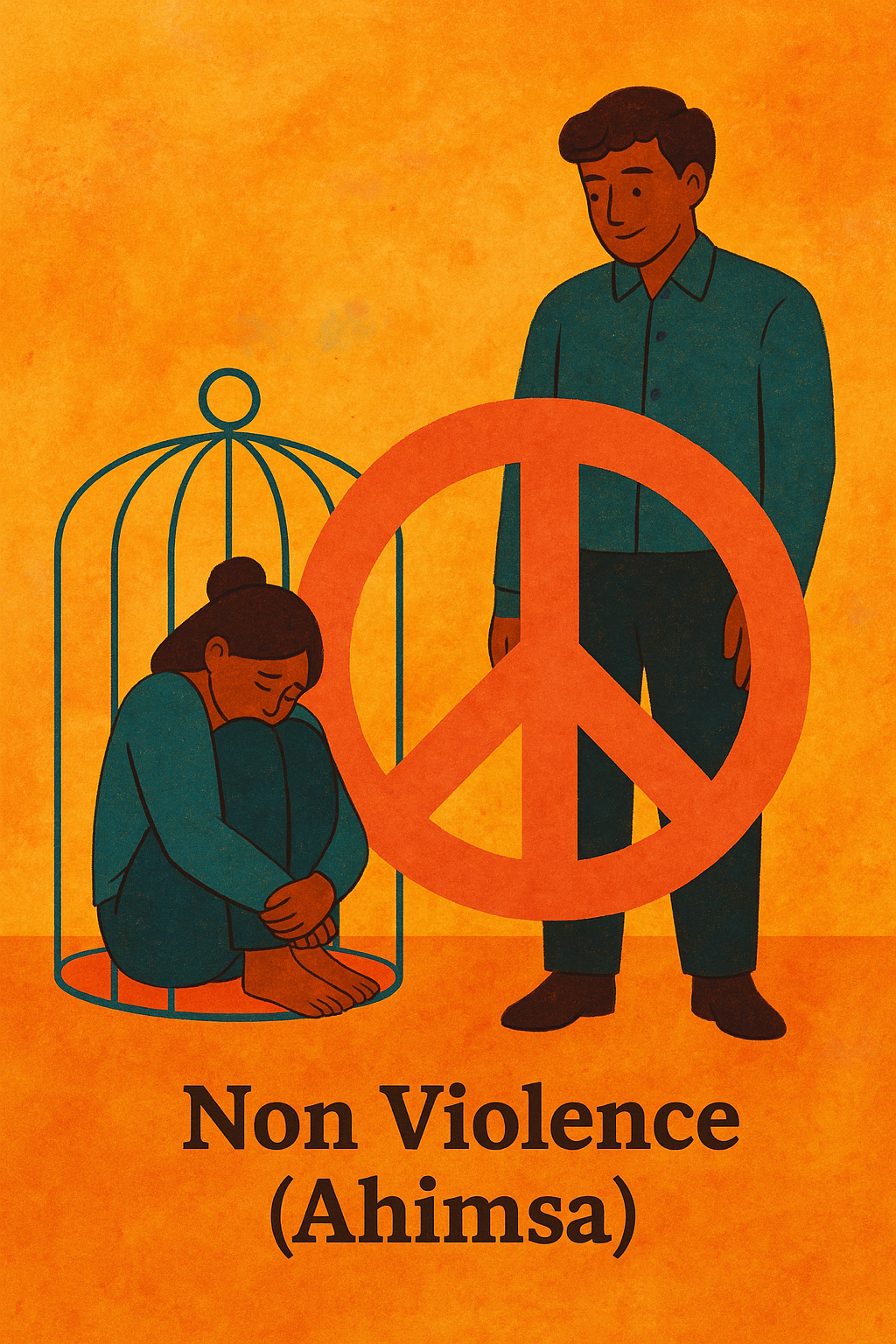
The Ahimsa Profile explores your commitment to non-violence in thought, word, and action. Rooted in Patanjali’s Yoga Sutras, it reflects how compassion, restraint, and harmony shape your interactions with self and others. Do you respond with patience or anger? Do you nurture peace or tension? This tool is not a test but a mirror, helping you discover how deeply non-violence guides your choices and relationships.
Know Your Values: Satya (Truthfulness) Profiling
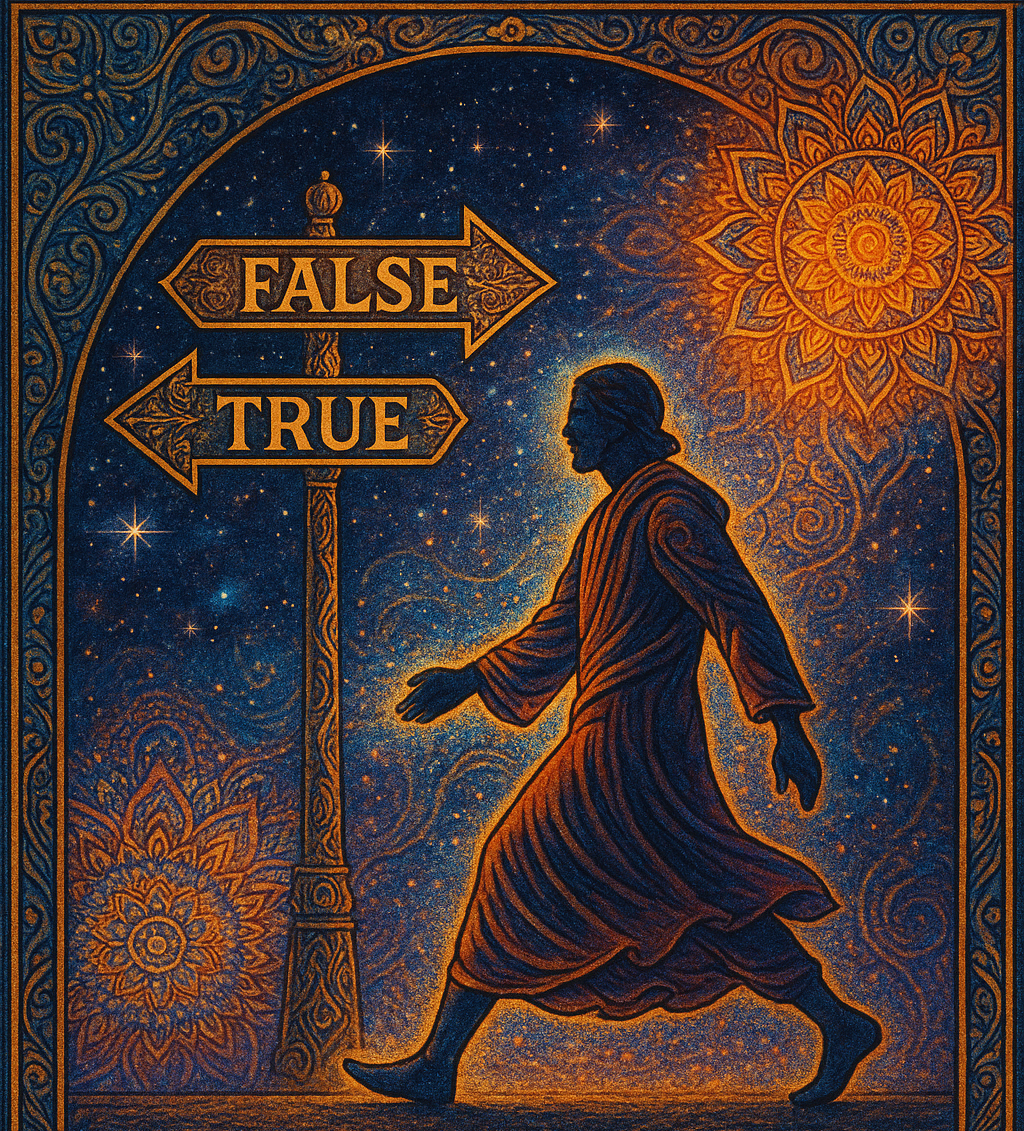
The Satya Profile explores how truthfulness shapes your thoughts, words, and actions. Rooted in Patanjali’s Yoga Sutras and Gandhian philosophy, it reflects integrity, authenticity, and moral courage. Do you speak with clarity? Do your actions match your values? This tool is not a test but a mirror, showing how deeply you embody honesty in daily life and relationships.
Know Your Values: Asteya (Non-Stealing) Profiling
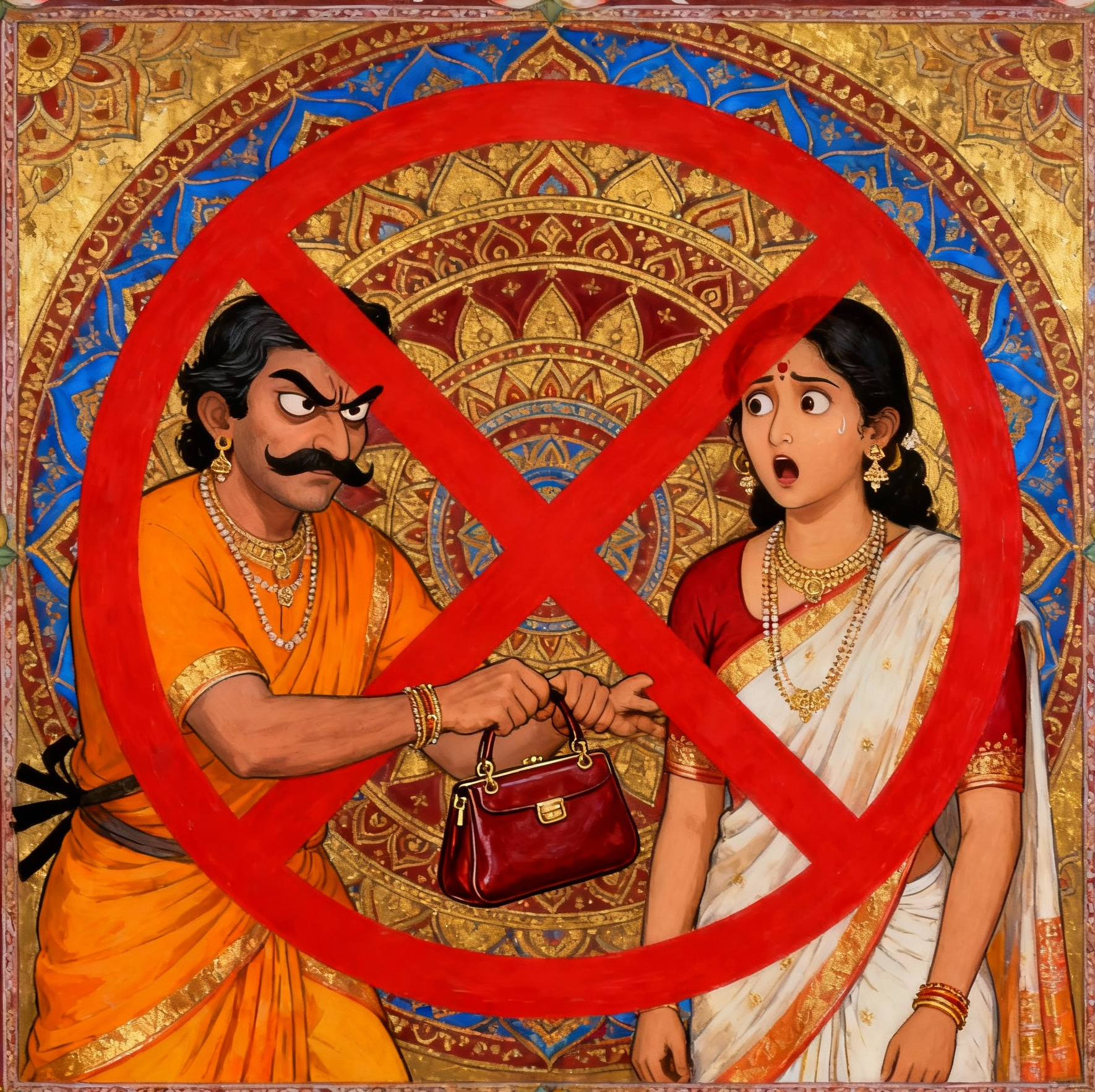
The Asteya Profile explores how non-stealing shapes your choices, desires, and relationships. Rooted in Patanjali’s Yoga Sutras and Gandhian ethics, it reflects restraint, humility, and fairness. Do you respect others’ boundaries? Do you live simply without overconsumption? This tool is not a test but a mirror, showing how deeply you embody equity, self-control, and responsibility in daily life.
Know Your Values: Brahmacharya Profiling
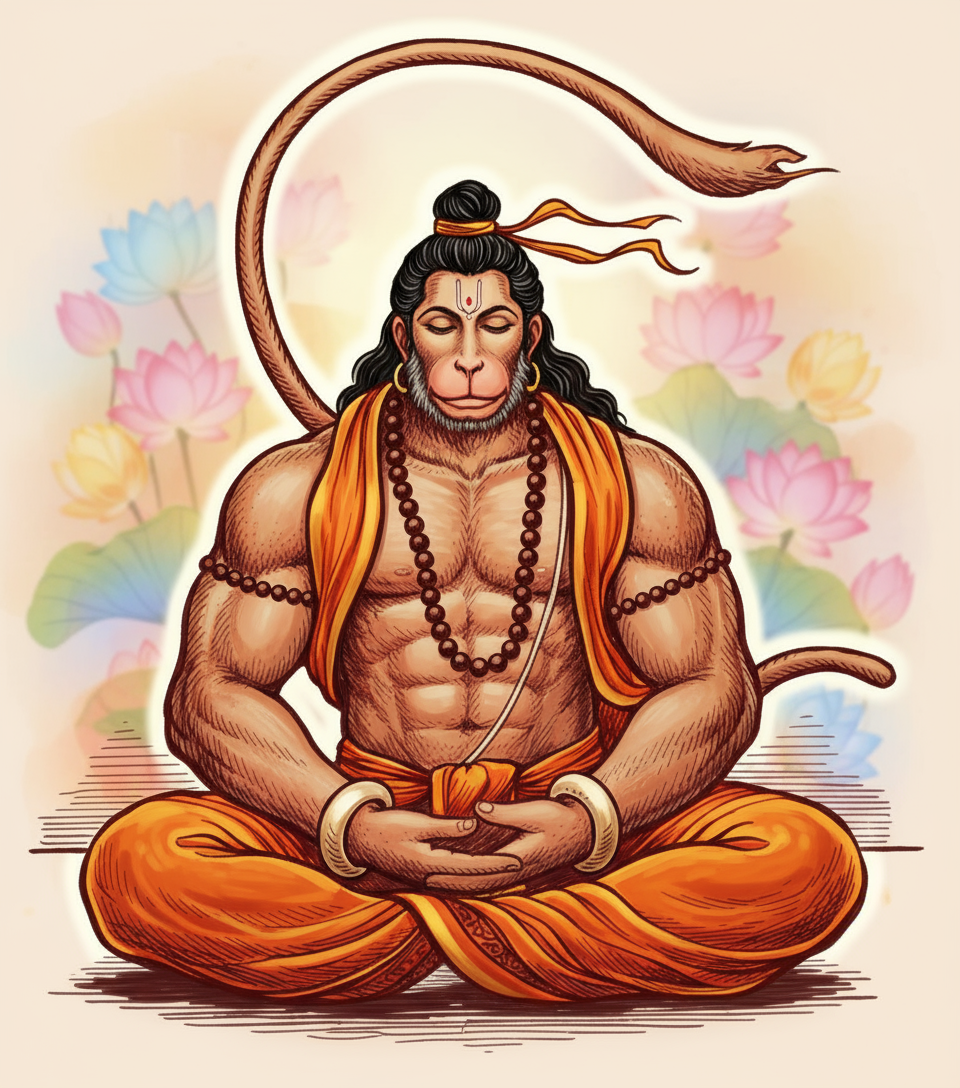
The Brahmacharya Profile examines how self-discipline and moderation guide thoughts, actions, and relationships. Rooted in Raja Yoga and Patanjali’s Yamas, it reflects restraint over senses, ethical behavior, and balance in eating, sleeping, work, and sexual energy, showing how inner control supports well-being and spiritual growth.